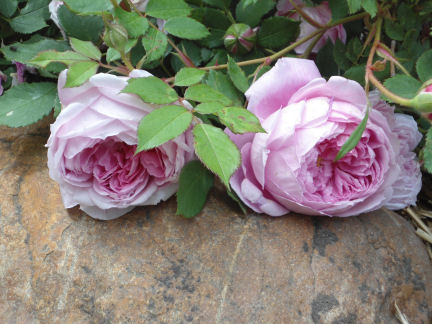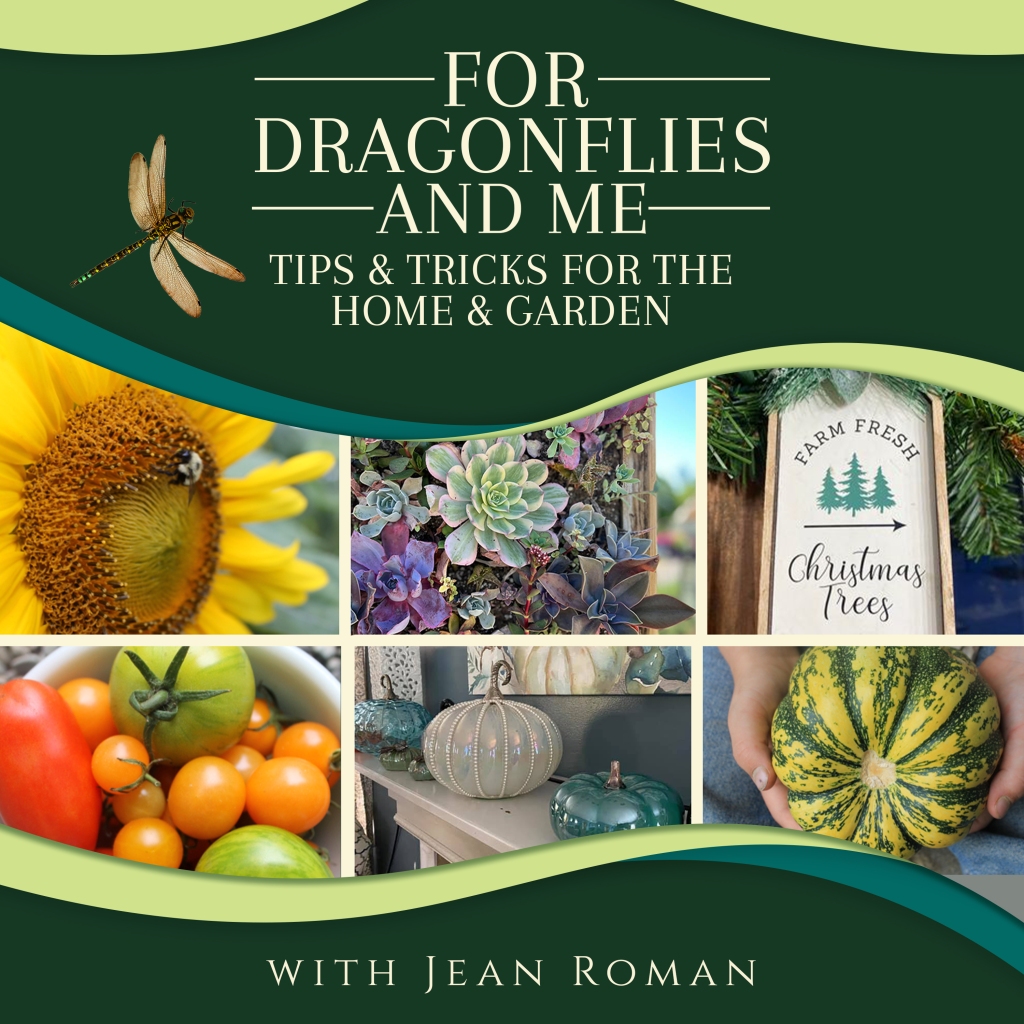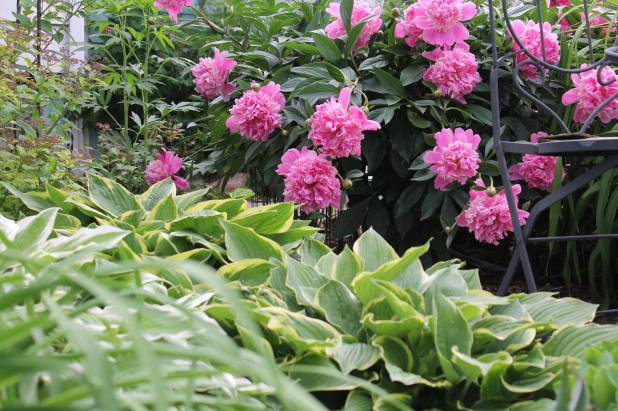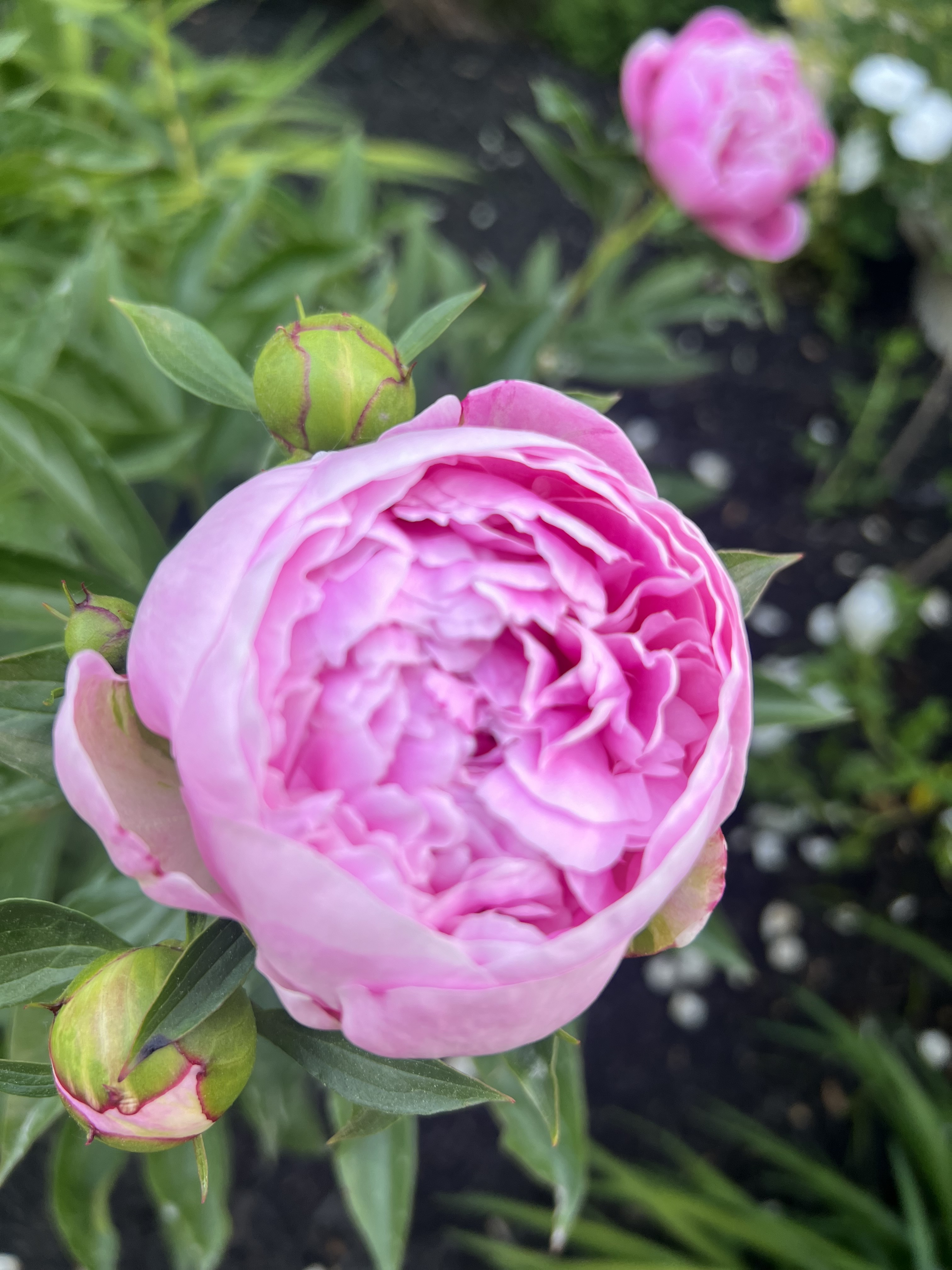
We often visit botanical gardens on our travels and meander through the many garden styles they afford. I’ve always been intrigued with the elegance and charm a traditional English garden possesses. The neat boxwood hedges, the stunning statuary and water features, and of course the array of majestic roses.
Continuing this months theme of garden types, lets look at the traditional English garden today. If missed the others, just click the links to these interesting and inspiring blog posts on how to create a Fairy Garden, Moon Garden, Asian Inspired, and the quaint rock garden. Enjoy friends.
What is a traditional English garden?
When we think of a traditional English garden, we envision a picturesque landscape filled with lush greenery, vibrant flowers, and charming pathways. A traditional English garden is a harmonious blend of nature and design, creating a serene and inviting outdoor space. It is characterized by its timeless elegance, formal structure, and attention to detail.
One of the defining features of a traditional English garden is its emphasis on symmetry and balance. This can be seen in the layout of the garden, with symmetrical flower beds, perfectly trimmed hedges, and well-placed focal points. The garden is often divided into separate “rooms,” each with its own unique purpose and design.

Another key element of a traditional English garden is the use of traditional materials such as brick, stone, and wood. These materials not only add to the visual appeal of the garden but also create a sense of history and tradition.
Benefits of a traditional English garden
Creating a traditional English garden in your outdoor space comes with numerous benefits. Firstly, it provides a tranquil and peaceful retreat where you can escape the hustle and bustle of daily life. The soothing sounds of birds chirping, the fragrance of flowers in bloom, and the gentle rustling of leaves create a calming atmosphere that promotes relaxation and mindfulness.
Additionally, a traditional English garden adds aesthetic value to your property. Its timeless beauty and classic design never go out of style, making it a valuable investment. Whether you are hosting a garden party or simply enjoying a cup of tea on a sunny afternoon, your traditional English garden will impress your guests and provide a stunning backdrop for any occasion.
Furthermore, a traditional English garden attracts a diverse range of wildlife, including butterflies, bees, and birds. By incorporating native plants and creating habitats, you contribute to the conservation of local biodiversity. This brings the garden to life and creates a harmonious ecosystem where nature thrives.

Elements of a traditional English garden
To create a traditional English garden, it is important to incorporate certain key elements. First and foremost, formal structure and symmetry are essential. This can be achieved through the use of geometric shapes, such as rectangular or circular flower beds, and symmetrical pathways and hedges.

Join the list
Join hundreds of our subscribers and be the first to know about new content and special offers.
Another crucial element is the use of traditional plants and flowers. Roses, lavender, foxgloves, and hollyhocks are just a few examples of the quintessential English garden plants. These flowers not only add color and fragrance but also attract pollinators, further enhancing the garden’s ecosystem.

Water features also play a significant role in a traditional English garden. Whether it’s a small fountain, a pond, or a meandering stream, water adds a sense of tranquility and serenity to the space. The sound of water trickling or the sight of fish swimming creates a soothing ambiance that enhances the overall experience.
Planning your traditional English garden
Before embarking on the journey of creating your traditional English garden, it is crucial to plan carefully. Start by assessing your outdoor space and determining the size and layout of your garden. Consider the amount of sunlight, soil conditions, and existing structures or trees that may impact your design.

Next, create a rough sketch or blueprint of your garden, taking into account the elements mentioned earlier. Decide where you want your flower beds, pathways, and focal points to be located. This planning phase will help you visualize the final result and ensure that every aspect of your garden is well thought out.
Additionally, research different plant varieties that thrive in your climate and are characteristic of a traditional English garden. Consider their height, color, and blooming season to create a well-balanced and visually appealing arrangement. Consult with local horticulturists or visit nearby botanical gardens for inspiration and expert advice.
Choosing the right plants for your traditional English garden
The choice of plants is crucial in creating an authentic traditional English garden. Opt for a mix of flowering perennials, shrubs, and climbers to add depth and variety to your garden. Some popular plant choices include roses, peonies, delphiniums, and clematis.
It is important to select plants that are well-suited to your climate and soil conditions. Consider factors such as sun exposure, drainage, and pH levels when choosing your plant varieties. This will ensure that your plants thrive and flourish in your garden.
In addition to flowers, don’t forget to incorporate evergreen shrubs and trees to provide structure and year-round interest. Boxwood, yew, and holly are excellent choices for creating formal hedges and borders.

Remember to incorporate native plants as well, as they are adapted to the local ecosystem and attract local wildlife. Native grasses, wildflowers, and shrubs add a naturalistic touch to the garden and support the local biodiversity.
Creating a serene atmosphere in your traditional English garden
To transform your traditional English garden into a serene oasis, it is important to pay attention to the overall atmosphere and ambiance. Consider adding seating areas where you can relax and enjoy the beauty of your garden. Choose comfortable furniture that blends seamlessly with the garden’s design, such as wrought iron benches or wooden Adirondack chairs.
Incorporate soft lighting to create a magical atmosphere during the evening hours. Outdoor lanterns, string lights, and strategically placed spotlights can highlight the beauty of your garden and create a cozy and inviting space.
Water features, such as a small pond or a bubbling fountain, can add a sense of tranquility and serenity to your traditional English garden. The gentle sound of water can drown out the noise of the outside world and create a soothing ambiance.
Lastly, consider adding fragrant plants to your garden to engage the senses. Lavender, jasmine, and sweet peas not only add a delightful fragrance but also attract pollinators. The scent of these flowers will transport you to a world of relaxation and serenity.
Maintaining your traditional English garden
To ensure that your traditional English garden remains a serene oasis, regular maintenance is essential. Start by keeping the garden clean and free of debris. Remove fallen leaves, weeds, and dead flowers to maintain the garden’s neat and tidy appearance.
Prune your plants regularly to promote healthy growth and maintain their shape. Remove any dead or diseased branches and thin out overcrowded areas to allow for better air circulation. Mulch your flower beds to retain moisture, suppress weed growth, and improve the overall health of your plants.
Water your garden appropriately, taking into account the specific watering needs of each plant variety. Some plants may require more water than others, so it is important to monitor the soil moisture levels and adjust your watering schedule accordingly.
Finally, fertilize your plants to provide them with the necessary nutrients for robust growth. Choose organic fertilizers to minimize the impact on the environment and promote a healthy ecosystem within your garden.
Expert tips for creating a traditional English garden oasis
To help you create a truly exceptional traditional English garden oasis, here are some expert tips:

- Incorporate a variety of textures and heights in your garden to create visual interest and depth. Combine tall, spiky flowers with low-growing ground covers and trailing vines for a dynamic and harmonious composition.
- Consider creating a focal point in your garden, such as a statue, a sundial, or a decorative archway. This will draw the eye and add a sense of intrigue and drama to your outdoor space.
- Utilize vertical space by adding trellises or arbors for climbing plants. This not only maximizes your garden’s potential but also creates a sense of intimacy and privacy.
- Don’t be afraid to experiment with different color schemes. While pastel shades are commonly associated with traditional English gardens, bold and vibrant hues can also create a stunning impact.
- Embrace the concept of “wabi-sabi,” which celebrates the beauty of imperfection and the passage of time. Allow your garden to evolve naturally, with plants growing and changing over the seasons.
- Consider incorporating a herb or vegetable garden, AKA as a Potager within your traditional English garden. This adds functionality to your space and provides you with fresh and organic produce.
Traditional English garden design ideas
Here are a few traditional English garden design ideas to inspire your creativity:
- Create a rose garden with a central focal point, such as a gazebo or a pergola. Surround it with neatly trimmed hedges and pathways lined with lavender.
- Design a cottage garden with a mix of wildflowers, daisies, and hollyhocks. Add a rustic wooden bench and a winding gravel path for a charming and romantic atmosphere.
- Transform a small courtyard into an intimate English garden oasis. Incorporate potted plants, a bubbling fountain, and a wrought-iron bistro set for a cozy and inviting space.
- Create a formal garden with geometrically shaped flower beds, neatly trimmed hedges, and a central water feature. Add symmetrical pathways and a stone bench for a timeless and elegant design. An espalier is a perfect addition.
- Design a woodland garden by incorporating native trees, ferns, and shade-loving flowers. Add a stepping stone path and a secluded seating area for a peaceful and secluded retreat.
Conclusion
Transforming your outdoor space into a traditional English garden is a rewarding endeavor that will provide you with a serene oasis for years to come. By incorporating the elements of design, choosing the right plants, and creating a peaceful atmosphere, you can create a garden that is both visually stunning and spiritually nourishing. Whether you have a large estate or a small urban balcony, a traditional English garden can be tailored to suit any space and enhance the beauty of your surroundings. So, roll up your sleeves, put on your gardening gloves, and embark on the journey of creating your own traditional English garden oasis. Your outdoor space will thank you.
CTA: If you’re ready to transform your outdoor space into a traditional English garden oasis, contact us today for expert advice and assistance. Let us help you create a serene retreat that will bring beauty and tranquility to your life.
If you enjoyed this blog , please LIKE, Follow, Share & leave me a comment! I love your feedback!
If you aren’t following me on Facebook & Instagram, go on over & give a LIKE & Follow me for daily tips & tricks for your home & garden!
Remember to eat fresh, shop local, & have a happy day,
Jean
Copyright Policy
All text and images on this site are copyright of For Dragonflies And Me. Unless otherwise noted, you may not use this content
This post may contain affiliate links. If you choose to purchase through an affiliate link, I may receive a small commission at no additional cost to you. You can see my full disclaimer here.

























